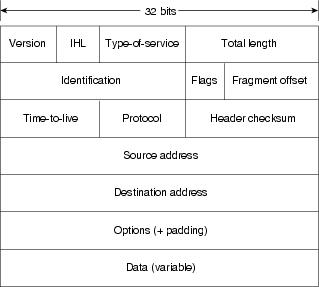CCNA – Cisco Certified Network Associate
IP Troubleshooting (For Ping Command).
IP Troubleshooting (For Ping Command)
First of all check the NIC that is it is working properly or not.
Check the Cable connectivity.
Check the IP of both the system, both system IP must be same
Check the Firewall, Firewall must be off
Check the time zone for both the system, it must be same
Check that the system which we want to accessing, it must have a user password
If it is not accessing yet now, restart the system
Switch:
Switch is used to send data from one system another in a network. Commonly switches are Layer1, layer2, Layer3 and Layer4. Layer1 is simply called Hub. Which work on Broadcasting and used in small network. Layer 2 switch is used for little bit large network and it control Broadcasting up to some how. Layer3 switch is known as Router.
Interface of Switch:It may a simple Ethernet or Fast Ethernet. Simple Ethernet is 10mbs and fast Ethernet is 100mbps speed.Console Port: Console port is used to access the IOS of a switch. Rollover cable is used to access the IOS of switch from console port. One end of the cable is plugged in console port and second end cable is plugged un DB-9 connector, which is connected in COM-1 or COM-II port of the mother board in computer. Default band width of console port is 9600 Mbps, which can be changed.
Broad cast Domain: It takes the data to all the points in a switch. It generate conjunction.Collision Domain: It senses the line and that the line is free or not. It also generates conjunction. It occurs in Layer1 Switch.ASIC: ASIC stand for “Application Specific Integral Circuit”. It is a chip which is used for controlling Broadcasting.
MAC Address Table: MAC Address Table is used to store the addresses, port no and status of destination and sources. The data is sending in layer2 switch by MAC address table. MAC address table status is changed when the entries are dynamically and when that source and destination which not used upto 500 second the MAC address table flash out the records.
When the records are enter statically so it remain constant and by this way we can restrict some one to use only the selected port.
A Switch performs:
1. Learning
2. Forwarding
3. Filtering
Learning:
Learning means when data is reached from source to destination, the destination send back an Acknowledgement to source for successfully arrival. So the destination find out the source address for the MAC address table and send the ACK only to source system, it is called Learning.
Forwarding:
When a source “aa” send data to “bb”, and also “bb” send back ACK to source “aa” the address of both the source and destination is stored in MAC address table. When “aa” want to send more data to “bb” the address of “bb” present in MAC address table, it only read for it and simply forward it on the address of “bb”. It is called Forwarding.
Filtering:
When a Hub is connected to the switch and on the Hub “kk” and “mm” are connected to it. When “kk” want to send data to “mm” so the data will be blocked on the last port of switch which is connected to the Hub, and data will only be broadcasting in Hub not to switch too. It is called Filtering.

